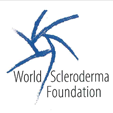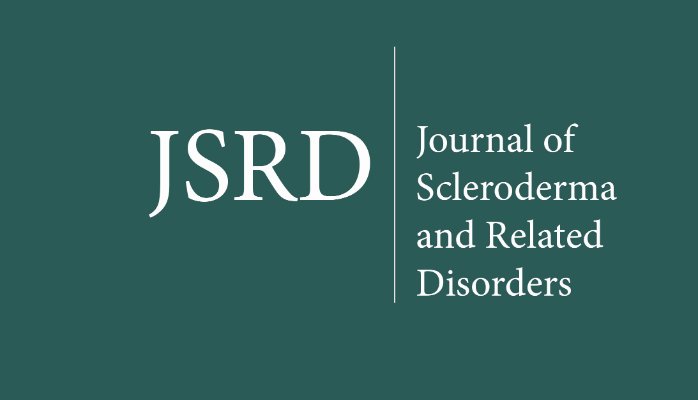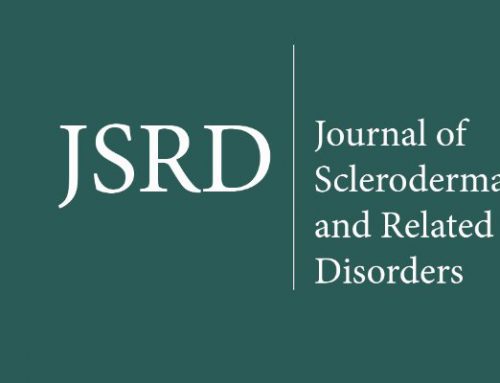Certainties and uncertainties concerning the contribution of pericytes to the pathogenesis of systemic sclerosis
Abstract
The role of pericytes in systemic sclerosis (SSc) is unclear because of the difficulty in phenotyping them. They are mainly distributed in the pre-capillary, capillary and post-capillary abluminal side of non-muscular micro-vessels, express platelet-derived growth factor receptors (PDGFRs), and preside over vascular integrity and regeneration. By establishing close contact with many endothelial cells, a single pericyte can regulate ion influx, mechanical stress, leukocyte diapedesis, and platelet activation. Moreover, under pathological conditions such as SSc, pericytes may acquire a contractile phenotype and respond to various stimuli, including endothelin, angiotensin II and reactive oxygen species. The pericytes of SSc patients share some molecular patterns with myofibroblasts or fibroblasts, including A disintegrin and metalloproteinase domain 12 (ADAM-12), α-smooth muscle actin (α-SMA), the extra domain A (ED-A) variant of fibronectin, and Thy-1. Following stimulation with PDGF-β or transforming growth factor-β (TGF-β), pericytes may acquire a myofibroblast phenotype, and produce extracellular matrix or indirectly promote fibroblast activation. They may also contribute to fibrosis by means of epigenetic regulation. The pericyte plasmalemma is particularly rich in caveolae containing caveolin-1, a deficit of which has been associated with defective vessel tone control and lung fibrosis in mice. Consequently, dysfunctional pericytes may underlie the microangiopathy and fibrosis observed in SSc patients. However, given its variability in biological behaviour and the lack of a pan-pericyte marker, the exact role of these cells in SSc warrants further investigation.
Post author correction
Article Type: REVIEW
Article Subject: Basic Research
DOI:10.5301/jsrd.5000254
Authors
Rossella Talotta, Fabiola Atzeni, Maria Chiara Ditto, Maria Chiara Gerardi, Alberto Batticciotto, Sara Bongiovanni, Piercarlo Sarzi Puttini
Article History
- • Accepted on 04/08/2017
- • Available online on 09/09/2017
Disclosures
This article is available as full text PDF.
Authors
- Talotta, Rossella [PubMed] [Google Scholar]1, *Corresponding Author (rossella.talotta@asst-fbf-sacco.it)
- Atzeni, Fabiola [PubMed] [Google Scholar]2
- Ditto, Maria Chiara [PubMed] [Google Scholar]1
- Gerardi, Maria Chiara [PubMed] [Google Scholar]1
- Batticciotto, Alberto [PubMed] [Google Scholar]1
- Bongiovanni, Sara [PubMed] [Google Scholar]1
- Sarzi Puttini, Piercarlo [PubMed] [Google Scholar]1
Affiliations
- Department of Rheumatology, University Hospital ASST Fatebenefratelli Sacco, Milan – Italy
- IRCCS Galeazzi Orthopedic Institute, Milan – Italy
Article usage statistics
The blue line displays unique views in the time frame indicated.
The yellow line displays unique downloads.
Views and downloads are counted only once per session.





